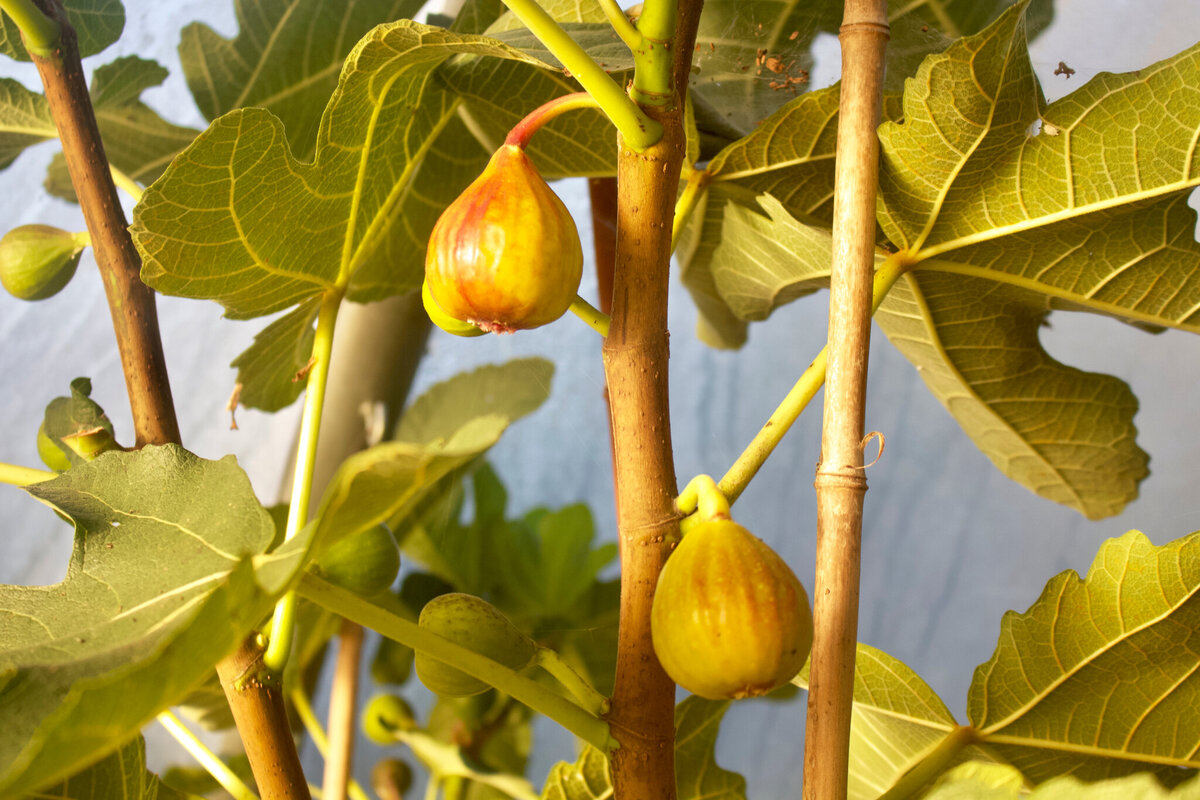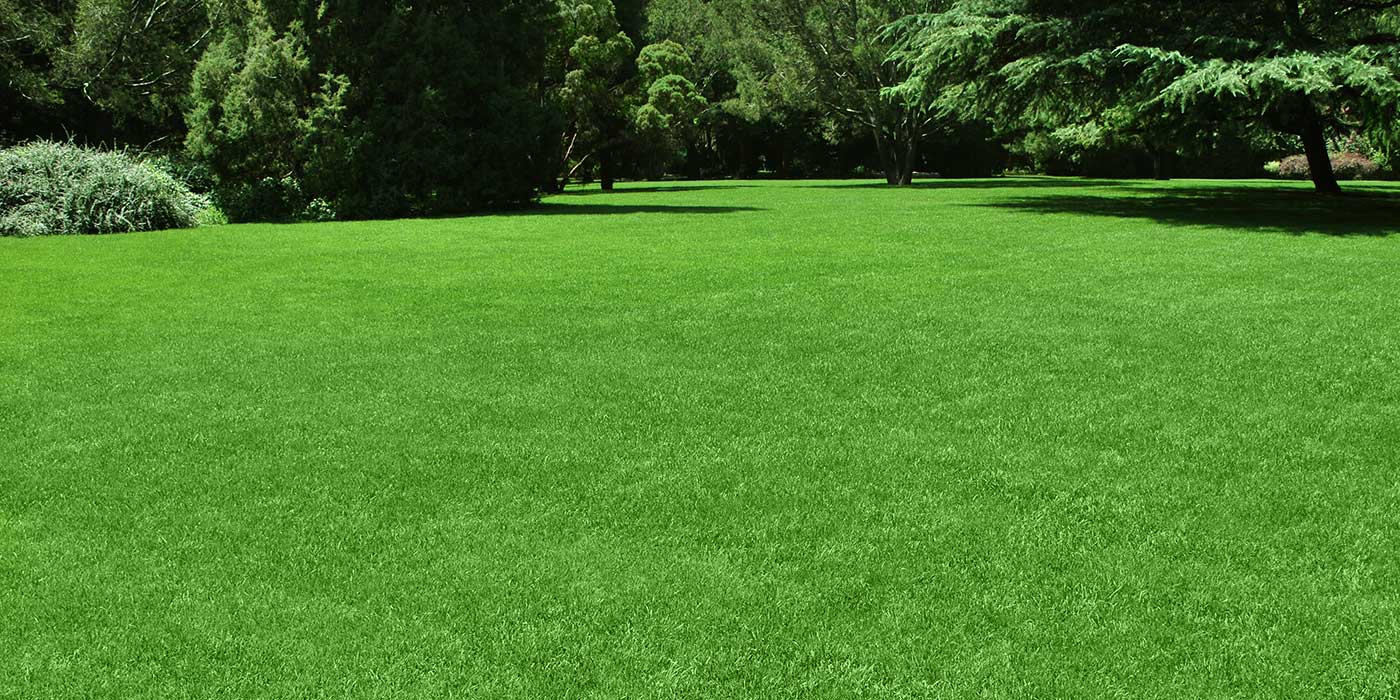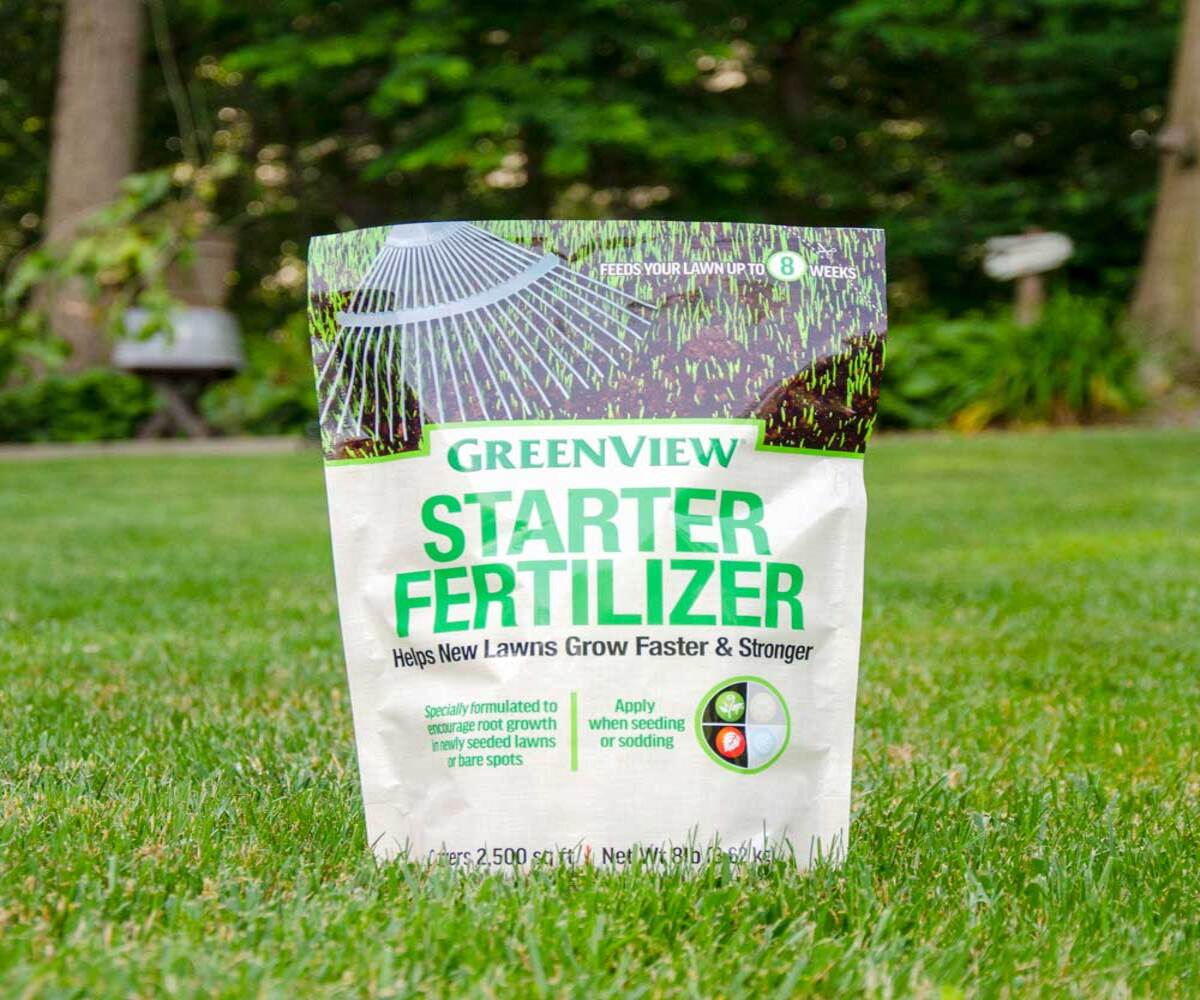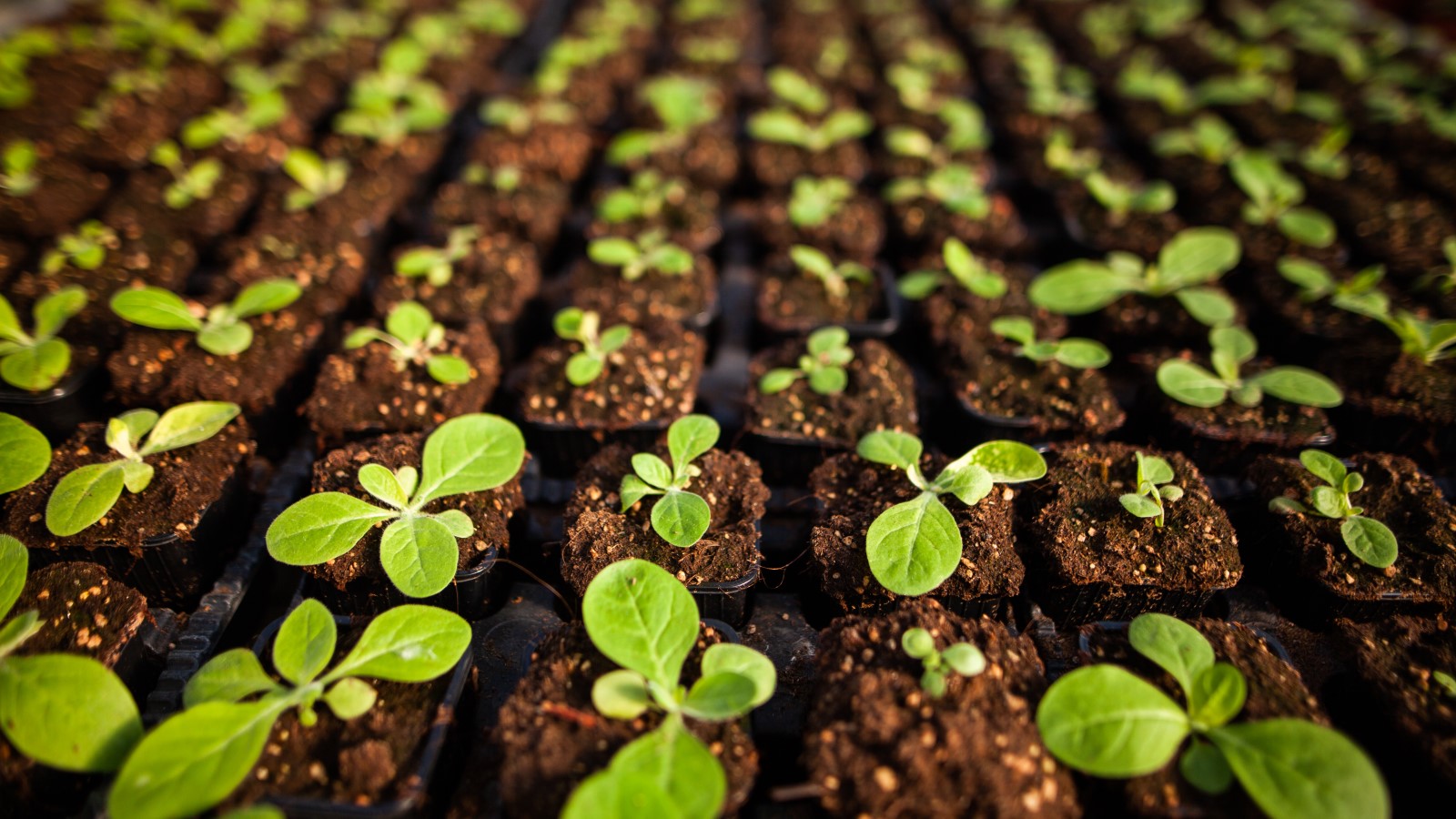Home>Types of Gardening>Edible Gardening>When To Fertilize Fig Trees


Edible Gardening
When To Fertilize Fig Trees
Modified: January 22, 2024
Discover the best time to fertilize your fig trees for a bountiful harvest. Our expert tips and advice on edible gardening will help you achieve thriving fig trees.
(Many of the links in this article redirect to a specific reviewed product. Your purchase of these products through affiliate links helps to generate commission for Chicagolandgardening.com, at no extra cost. Learn more)
Table of Contents
Introduction
Welcome to the world of edible gardening! There’s nothing quite like being able to grow your own food and enjoy the fruits of your labor. One plant that has gained popularity among gardeners is the fig tree. With its luscious, sweet fruits and beautiful foliage, it’s no wonder why people are flocking to include fig trees in their edible gardens.
However, like any plant, fig trees require proper care and attention to thrive. One essential aspect of fig tree care is fertilization. Fertilizing your fig tree can provide it with the nutrients it needs to grow strong, healthy, and produce an abundant harvest. But when is the best time to fertilize fig trees? And what factors should you consider before fertilizing?
In this article, we will dive into the world of fig tree fertilization and provide you with all the information you need to ensure your fig tree is well-nourished and fruitful. We will discuss the factors to consider, signs that indicate your fig tree needs fertilization, the best time to fertilize, different types of fertilizers suitable for fig trees, proper fertilization techniques, and common mistakes to avoid. By the end of this article, you will be equipped with the knowledge and skills to fertilize your fig tree effectively.
Understanding Fig Trees
Before we delve into the details of fertilizing fig trees, it’s essential to have a basic understanding of these remarkable plants. Fig trees, scientifically known as Ficus carica, are deciduous fruit-bearing trees that belong to the mulberry family. Originating from the Mediterranean region, they have been cultivated for thousands of years, and their popularity spans across different cultures and continents.
Fig trees are known for their distinctive leaves, which are usually lobed and have a vibrant green color. They can reach impressive heights, ranging from 10 to 30 feet, depending on the variety and growing conditions. Fig trees also have a unique growth habit, as they develop multiple trunks and a spreading canopy that provides ample shade during hot summer days.
One of the most enticing aspects of fig trees is, of course, their delicious fruits. Figs are highly sought after for their sweet taste and rich nutritional value. They have a unique texture and are often enjoyed fresh or dried. Depending on the variety, fig fruits can vary in color, from green to purple and everything in between.
Fig trees are also highly adaptable and can grow in a range of environments. They prefer warm climates with long summers, but certain varieties can tolerate colder temperatures and even grow in containers indoors. These versatile trees thrive in well-drained soil and require a good amount of sunlight to produce a bountiful harvest.
Understanding the growth habits and requirements of fig trees is crucial when it comes to fertilizing them. By familiarizing yourself with the unique characteristics of these trees, you can tailor your fertilizer application to meet their specific needs.
Factors to Consider Before Fertilizing
Fertilizing your fig tree at the right time and with the appropriate nutrients is key to its overall health and productivity. However, before you rush to add fertilizers to your tree, there are a few important factors to consider:
- Tree Age: The age of your fig tree plays a significant role in determining its fertilization needs. Younger fig trees, typically under three years of age, require less fertilizer compared to more established trees. It’s essential to adjust the fertilizer application according to the age and growth rate of your fig tree.
- Soil Condition: Understanding the quality and composition of your soil is crucial for effective fertilization. Conduct a soil test to assess its pH level and nutrient content. Fig trees thrive in well-drained soil with a slightly acidic to neutral pH range of 6.0 to 7.0. If your soil is deficient in essential nutrients, you may need to address those deficiencies through fertilization.
- Variety of Fig Tree: Different fig tree varieties have varying nutritional requirements. Some varieties may require more nitrogen, while others benefit from a balanced NPK (nitrogen, phosphorus, and potassium) ratio. Research the specific needs of your fig tree variety to ensure you provide the right nutrients in the proper amounts.
- Growth Stage: Fig trees go through different growth stages throughout the year. For example, they have an active growth phase in spring and early summer, while the late summer and fall periods are dedicated to fruit development. Adjust your fertilizer application schedule to correspond with these growth stages to meet the tree’s changing nutrient demands.
- Environmental Factors: Consider the environmental conditions in which your fig tree is growing. Factors such as temperature, rainfall, and sun exposure can affect the tree’s nutrient uptake and overall vigor. Pay attention to any extreme weather conditions or fluctuations that may impact the tree’s fertility needs.
By carefully considering these factors, you can ensure that your fig tree receives the right fertilization treatment tailored to its unique needs. Understanding your tree’s age, soil condition, variety, growth stage, and environmental factors will guide you in making informed decisions about fertilizing your fig tree effectively.
Signs That Your Fig Tree Needs Fertilization
As a responsible gardener, it’s important to know the signs that indicate when your fig tree requires fertilization. By paying attention to these signs, you can ensure that your tree receives the nutrients it needs to thrive. Here are some common signs that your fig tree may need fertilization:
- Poor Growth: If your fig tree is experiencing stunted or slow growth, it may be an indication of nutrient deficiencies. Lack of essential nutrients can hinder the tree’s ability to develop properly and reach its full potential. Fertilization can help provide the necessary nutrients needed for healthy growth.
- Yellowing or Discolored Leaves: When the leaves of your fig tree start to turn yellow or show signs of discoloration, it’s often a sign of nutrient deficiencies, particularly nitrogen. Nitrogen is essential for leaf development and maintaining a vibrant green color. Fertilizers rich in nitrogen can help alleviate this issue.
- Poor Fruit Production: Fig trees require proper nutrition to produce a bountiful harvest. If your tree is producing fewer or smaller fruits than usual, it may be an indication that it’s lacking essential nutrients. Fertilizing the tree can provide the necessary nutrients to support fruit development and enhance overall productivity.
- Weakened Branches: A fig tree that has weak or brittle branches may be a sign of nutrient deficiencies. Adequate fertilization helps strengthen the branches and improve the overall structural integrity of the tree. Strong branches are better equipped to support the weight of the fruits and withstand harsh weather conditions.
- Excessive Leaf Drop: If your fig tree is dropping leaves excessively, especially outside of its normal leaf-shedding period, it may be an indication of stress or nutrient imbalances. Fertilizing the tree can provide the necessary nutrients to alleviate stress and promote healthy leaf retention.
It’s important to note that while these signs can indicate a need for fertilization, they can also be attributed to other factors such as pests, diseases, or improper watering. Before assuming that your fig tree requires fertilization, it’s advisable to assess other potential causes and rule them out.
By observing your fig tree closely and being aware of these signs, you can determine when it’s the right time to fertilize and provide the necessary nutrients for your tree’s optimal growth and productivity.
Best Time to Fertilize Fig Trees
Timing is crucial when it comes to fertilizing fig trees. Applying fertilizers at the right time ensures that the nutrients are readily available when the tree needs them the most. The best time to fertilize your fig tree depends on several factors, including the climate, growth stage, and the specific needs of the tree. Here are some guidelines to help you determine the optimal time for fertilization:
- Early Spring: The early spring season, just before the new growth starts, is an ideal time to fertilize your fig tree. This is when the tree’s nutrient requirements increase as it begins to emerge from dormancy. Applying a balanced fertilizer during this period helps kickstart the tree’s growth and provides the necessary nutrients for healthy development.
- After Fruit Harvest: After your fig tree has produced its main crop of fruit, usually in late summer or early fall, it’s beneficial to give it a boost of nutrients. Fertilizing at this time helps replenish the nutrients that were used during the fruiting process and prepares the tree for the following year’s growth.
- Divided Applications: In some cases, it may be advantageous to split the fertilizer application into multiple doses throughout the growing season. This approach ensures a steady supply of nutrients to the tree and prevents fertilizer burn. Dividing the application into two or three doses, and spacing them out, can help maximize the effectiveness of the fertilization process.
- Avoid Late Fall/Winter: It’s important to avoid fertilizing your fig tree in late fall or winter. During this time, the tree enters its dormant phase, and fertilizers may stimulate growth that is not desirable during this period. Fertilizing during the dormant season can disrupt the natural growth cycle of the tree and potentially cause damage.
Remember, it’s crucial to read and follow the instructions provided on the fertilizer packaging, as different products may have specific guidelines for application and dosage. Additionally, factors such as local climate, the health of the tree, and individual growth rates can influence the timing of fertilizer application.
By fertilizing your fig tree at the right time, you can ensure that it receives the necessary nutrients for optimal growth, healthy fruit production, and overall vitality.
Different Types of Fertilizers for Fig Trees
Choosing the right fertilizer for your fig tree is essential to provide it with the necessary nutrients for healthy growth and fruit production. There are various types of fertilizers available, each with its own advantages and recommended usage. Here are some common types of fertilizers suitable for fig trees:
- Complete NPK Fertilizers: These fertilizers contain a balanced mixture of nitrogen (N), phosphorus (P), and potassium (K). Look for a formulation with an NPK ratio of around 10-10-10 or 14-14-14. These balanced fertilizers provide a comprehensive range of nutrients to promote overall tree health and development.
- Organic Fertilizers: Organic fertilizers, derived from natural sources such as compost, manure, or bone meal, are a popular choice among organic gardeners. They release nutrients slowly, gradually enriching the soil and feeding the fig tree over time. Organic fertilizers improve soil structure, enhance microbial activity, and contribute to long-term soil health.
- Fish Emulsion: Fish emulsion is a liquid fertilizer made from fish byproducts. It is rich in nutrients and provides an excellent source of nitrogen. Fish emulsion is readily absorbed by fig trees and promotes robust growth and leaf development. This type of fertilizer is typically applied as a foliar spray or directly around the base of the tree.
- Bone Meal: Bone meal is a slow-release fertilizer that is high in phosphorus. It promotes root development and encourages flower and fruit formation. Incorporating bone meal into the soil around the base of the fig tree helps provide a steady supply of phosphorus over an extended period.
- Compost: Compost is a valuable organic amendment that not only enriches the soil but also contributes to overall soil fertility. It improves soil structure, retains moisture, and provides a wide array of essential nutrients. Adding compost regularly around the base of the fig tree helps replenish nutrient levels and enhances the overall health of the tree.
When selecting a fertilizer, consider your fig tree’s specific needs and the current state of your soil. Conduct a soil test to determine any nutrient deficiencies and select a fertilizer that addresses those deficiencies. It’s also important to follow the recommended application rates provided by the manufacturer and adjust the quantity based on the age and size of your fig tree.
Remember to water your fig tree thoroughly after fertilizing to help the nutrients penetrate the root zone and avoid any potential fertilizer burn. By using the right type of fertilizer and following proper application techniques, you can ensure that your fig tree receives the essential nutrients it needs for optimal growth and fruit production.
How to Properly Fertilize Fig Trees
Fertilizing your fig tree properly is crucial to ensure that it receives the right amount of nutrients for healthy growth and fruit production. Follow these steps to fertilize your fig tree effectively:
- Choose the right fertilizer: Select a fertilizer that is suitable for fig trees, such as a balanced NPK fertilizer or organic alternatives like compost or fish emulsion. Consider any specific nutrient deficiencies revealed by a soil test.
- Read the instructions: Always read and follow the instructions provided on the fertilizer packaging. Pay attention to the recommended dosage, application frequency, and any special instructions.
- Apply fertilizer in early spring: The best time to fertilize a fig tree is in early spring, before the new growth begins. This provides the tree with the nutrients it needs as it emerges from dormancy.
- Measure and distribute the fertilizer: Measure out the appropriate amount of fertilizer according to the instructions. Spread the fertilizer evenly around the base of the tree, taking care not to let it come into direct contact with the trunk.
- Water the tree: After applying the fertilizer, water the tree thoroughly. This helps the nutrients penetrate the soil and reach the root zone. Adequate watering also prevents fertilizer burn and ensures the tree can absorb the nutrients effectively.
- Monitor and adjust: Observe the tree’s growth and regularly monitor the foliage for any signs of nutrient deficiency or excess. Adjust the fertilizer application if necessary to meet the tree’s changing needs throughout the growing season.
- Consider foliar feeding: In addition to soil application, foliar feeding can be beneficial for fig trees. Prepare a diluted fertilizer solution according to the package instructions and spray it onto the foliage. This allows the tree to absorb nutrients directly through the leaves.
- Mulch the base of the tree: Apply a layer of organic mulch, such as wood chips or straw, around the base of the fig tree. Mulch helps retain moisture, suppresses weeds, and gradually releases nutrients into the soil as it decomposes.
Remember, fertilizing is not a one-time process but an ongoing practice. It’s important to provide regular fertilization throughout the growing season to ensure a steady supply of nutrients for your fig tree. However, be cautious not to over-fertilize, as this can result in excessive foliage growth at the expense of fruit production.
By following these guidelines and providing the right nutrients at the right time, you can promote the health and vigor of your fig tree, leading to abundant harvests of delicious, sweet fruits.
Common Mistakes to Avoid When Fertilizing Fig Trees
Fertilizing your fig tree is essential for its overall health and productivity. However, there are some common mistakes that gardeners often make when it comes to fertilization. By avoiding these mistakes, you can ensure that your fig tree gets the right nutrients in the right way. Here are some common mistakes to avoid when fertilizing fig trees:
- Over-fertilizing: Applying too much fertilizer can harm your fig tree rather than benefit it. Over-fertilization can lead to excessive foliage growth at the expense of fruit production. Follow the recommended dosage and application rates specified on the fertilizer packaging.
- Applying fertilizer too late in the growing season: Fertilizing your fig tree too late in the growing season can interfere with its natural cycle. Late fertilization may stimulate new growth that is vulnerable to frost or other adverse weather conditions. Make sure to fertilize in early spring or after fruit harvest, as mentioned earlier.
- Direct contact with the trunk: Avoid letting the fertilizer come into direct contact with the trunk of the fig tree. Concentrated fertilizers can burn the delicate bark and cause damage. Spread the fertilizer evenly around the base of the tree, maintaining a distance from the trunk.
- Ignoring soil conditions: Fertilizing without considering the existing soil conditions can lead to imbalances and nutrient deficiencies. Conduct a soil test to determine the pH level and nutrient content of the soil. This will help you select the appropriate fertilizer and address any deficiencies.
- Ignoring signs of nutrient deficiency: Failure to recognize and respond to signs of nutrient deficiency can have a negative impact on the health and productivity of your fig tree. Monitor the foliage for yellowing leaves, poor growth, or reduced fruit production. Adjust your fertilization regimen to address any nutrient deficiencies promptly.
- Not watering properly after fertilization: Watering after fertilization is crucial to help the nutrients penetrate the soil and reach the root zone. Failure to water adequately can result in reduced nutrient uptake and potentially cause fertilizer burn. Water deeply and thoroughly after applying fertilizers.
- Using the wrong type of fertilizer: Different fertilizers have different nutrient compositions and releases rates. Using the wrong type of fertilizer can result in nutrient imbalances or inadequate nutrition for your fig tree. Choose a fertilizer specifically formulated for fig trees and follow the recommended dosage and application instructions.
By avoiding these common mistakes, you can ensure that your fig tree receives the right amount of nutrients at the right time, promoting its growth, health, and fruit production. Pay attention to the specific needs of your fig tree, observe it closely, and adjust your fertilization practices accordingly.
Conclusion
Fertilizing your fig tree is a crucial aspect of its care and cultivation. By providing the right nutrients at the right time, you can ensure that your tree grows healthily and produces bountiful, delicious fruits. Understanding the factors to consider before fertilizing, recognizing the signs that indicate your fig tree needs fertilization, and knowing the best time and types of fertilizers to use are key to successful fig tree fertilization.
When fertilizing your fig tree, remember to choose the appropriate fertilizer based on the tree’s needs and soil conditions. Take into account the age of the tree, its growth stage, and the specific requirements of its variety. Applying the fertilizer in early spring and after fruit harvest provides the tree with the necessary nutrients at the right times.
Additionally, be mindful of common mistakes to avoid, such as over-fertilizing, neglecting to water after fertilization, and using the wrong type of fertilizer. By avoiding these pitfalls, you can ensure that your fig tree thrives and produces a healthy and abundant harvest.
Keep a close eye on your tree, monitor its growth, and adjust your fertilization practices as needed. Regularly assess the foliage for signs of nutrient deficiency or excess. Remember that fertilizing is not a one-time process but an ongoing practice throughout the growing season.
With the right knowledge and care, you can enjoy the rewards of a flourishing fig tree in your edible garden. So, roll up your sleeves, grab your fertilizer, and give your fig tree the nourishment it needs to thrive!








